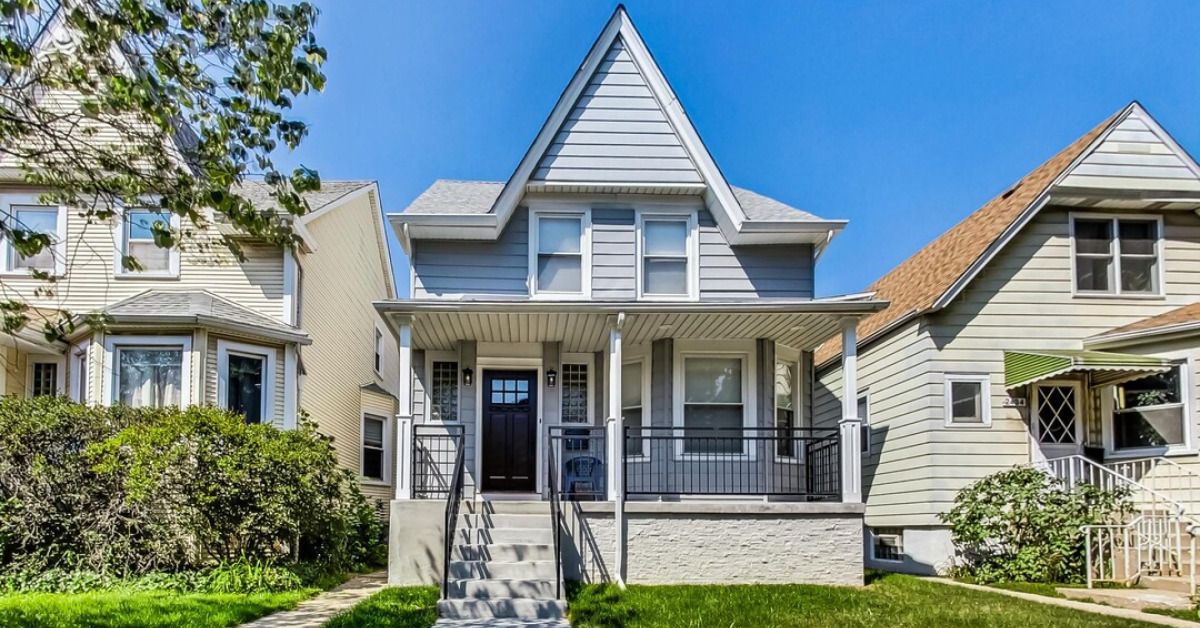The global aging demographic poses a unique challenge for housing policy and community design. By 2050, the number of individuals aged 60 and over is projected to double, indicating an imminent need for housing solutions that cater specifically to this population.

1. Co-Housing:
One alternative housing model breaking ground is co-housing, a concept originating from Denmark that integrates private living quarters with shared communal spaces. The design encourages interaction and mutual support, key elements for mental health and well-being. For seniors, especially, this model provides a balance between independence and community involvement. It offers shared resources like transportation, which can reduce costs and combat feelings of isolation.
A significant argument for co-housing is the evident improvement in residents’ quality of life. A study by the Cohousing Association of the United States reported heightened levels of happiness and decreased levels of loneliness among senior residents, compared to those in traditional housing. Moreover, co-housing can reduce the strain on healthcare systems as residents often engage in mutual care, thus delaying or even preventing the need for institutional care.
2. NORC:
Another innovative concept is the ‘Naturally Occurring Retirement Community’ (NORC). These are not built for seniors; rather, they evolve naturally as residents age in place. Retrofitting these areas with senior-friendly amenities can make them viable aging-in-place environments. Services may include home healthcare, community meals, and transportation services to address mobility challenges. NORCs allow older adults to remain in familiar surroundings, maintaining their established social networks.
The argument for NORCs lies in their cost-effectiveness and the promotion of healthier aging. Studies from the United States have shown that such models could lead to a reduction in healthcare costs by as much as 40%. Moreover, aging in place can maintain continuity and stability in an older person’s life, which is often correlated with improved mental and physical health outcomes.
3. Tech-Enhanced Housing:
A disruptive contribution to housing for the elderly is the incorporation of smart home technology. Advances in the Internet of Things (IoT), automation, and wearable tech can transform regular homes into responsive environments that adapt to the changing needs of their older residents. Features such as automated lighting, fall detection systems, and health monitoring can improve safety and allow seniors to maintain independence for longer.
The World Health Organization highlights falls as the second leading cause of accidental or unintentional injury deaths worldwide. Smart homes could significantly mitigate this risk with motion sensors and emergency alert systems directly connected to healthcare providers.
4. Integrated Care Villages:
Integrated Care Villages present yet another model, combining housing with on-site medical care and wellness programs. These developments could range from mixed-use buildings in urban settings to larger compounds in suburban or rural areas. The integrated approach ensures that residents have immediate access to healthcare providers and tailored wellness services, preventing simple health issues from escalating into critical problems.
Data from the International Journal of Integrated Care suggest that integrated housing can lead to lower hospital admission rates among seniors. A solid argument for Integrated Care Villages lies in the bespoke nature of the care and the emphasis on preventative health — a practice that is both cost-effective for the health system and beneficial for the individual’s well-being.
5. Modular Housing:
Affordable modular housing presents a financially accessible option for seniors. Modular homes can be quickly assembled, are less resource-intensive, and can be customized to meet the accessibility needs of the elderly. These types of dwellings are particularly well-suited to meet the demands of an aging population rapidly.
Final Thoughts:
Traditional housing models fail to meet the complex needs of the aging population. Innovations like co-housing, NORCs, smart homes, Integrated Care Villages, and affordable modular housing offer robust alternatives that not only meet physical accessibility needs but also foster community, ensure safety, promote health, and are financially sustainable. Policymakers and stakeholders must now prioritize these models to accommodate the growing demographic of older adults, ensuring their golden years are lived with dignity, independence, and community engagement. The time to act is now—our future selves will thank us for the foresight.











